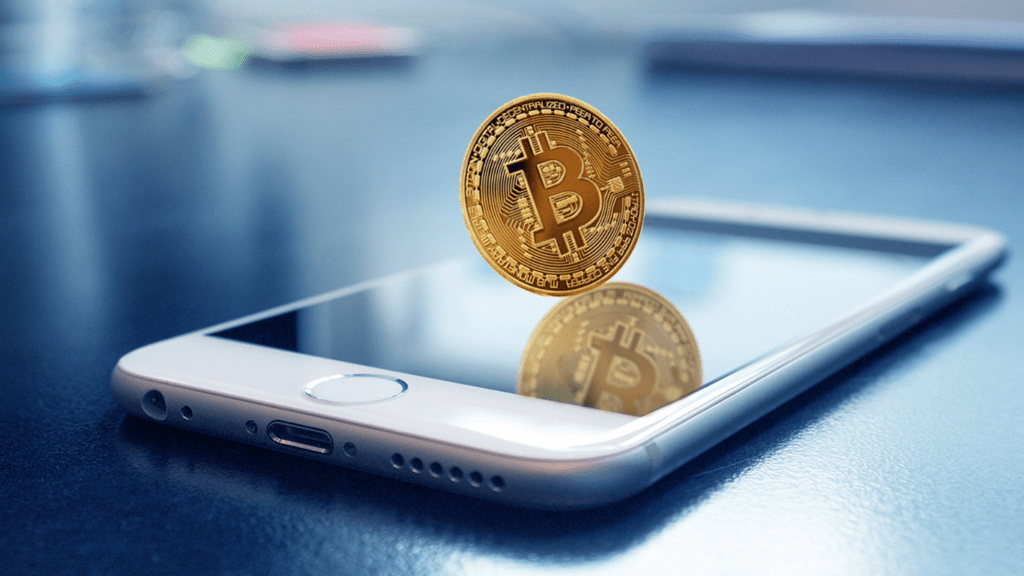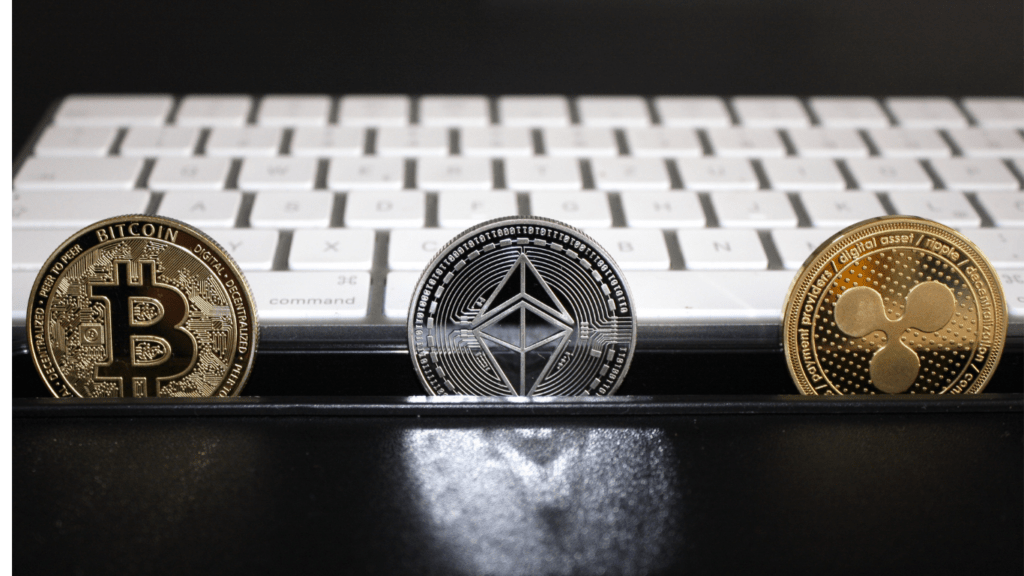Understanding NFTs: A Basic Overview
NFTs, or Non-Fungible Tokens, are transforming how we view and exchange digital assets.
What Are NFTs?
NFTs are unique digital tokens representing ownership or proof of authenticity of a specific item. Unlike cryptocurrencies like Bitcoin, each NFT is unique and cannot be exchanged on a one-to-one basis.
They exist on blockchain networks, primarily Ethereum, ensuring decentralization and security.
Some popular uses of NFTs include digital art, virtual real estate, collectibles, and even in-game items. Artists sell single NFTs of their work, securing both value and authenticity.
Virtual real estate platforms like Decentraland allow users to buy, sell, and develop parcels of virtual land.
The Origins and Evolution of NFTs
NFTs began gaining traction in 2017 with projects like CryptoKitties, individual linked digital cats that users could buy, breed, and sell. CryptoKitties’ popularity highlighted the potential of NFTs, leading to broader applications and developments.
The concept evolved as creators explored new possibilities. Digital artists released NFT-based artwork, and musicians created NFT albums. The market for NFTs grew exponentially in 2021, with sales reaching billions of dollars, widely reported by platforms like CoinDesk.
Key players in this evolution include Ethereum, which remains the dominant blockchain for NFTs, and marketplaces like OpenSea and Rarible, which facilitate the buying and selling of these tokens.
How NFTs Work: The Technology Behind the Token

NFTs rely on blockchain technology to assert ownership and authenticity. Each token is unique and indivisible, providing a digital certificate that guarantees ownership rights.
The Role of Blockchain in NFTs
Blockchain serves as the foundation for NFTs. It records each transaction, ensuring transparency and security. Ethereum is the most commonly used blockchain for NFTs due to its smart contract capabilities. Smart contracts automate processes, eliminating the need for intermediaries and reducing costs.
Minting: Creating Your Own NFT
Minting an NFT involves converting a digital file into a blockchain asset. You upload the file to an NFT marketplace, such as OpenSea or Rarible, where it’s assigned a unique identifier.
Smart contracts manage the ownership and transfer of the token, making it simple to sell or trade. Minting requires paying a gas fee, which compensates for the computational effort of recording the transaction on the blockchain.
The Various Types of NFTs
The NFT landscape spans several categories, each with unique characteristics. Here’s an overview of some prominent types of NFTs.
Art and Collectibles
NFTs first gained mainstream attention in the art world. Digital artists can mint their works as NFTs, ensuring they’re unique and can be verified as original.
Examples include Beeple’s “Everydays: The First 5000 Days,” which sold for $69 million. Collectibles, such as the CryptoPunks series, are also significant in this category. These digital avatars each have unique attributes, making them highly sought after in the NFT market.
Games and Virtual Real Estate
Gaming and virtual real estate represent another vital segment of NFTs. In blockchain-based games like Axie Infinity, players own in-game assets, which can be traded as NFTs.
These assets range from characters to weapons or land within the game ecosystem. Virtual real estate platforms, such as Decentraland, allow users to buy, sell, and develop parcels of virtual land.
Each piece of land is an NFT, giving the owner distinct rights and privileges within the virtual world.
The Impact of NFTs on Different Industries
NFTs have created transformative opportunities in various sectors, reshaping traditional models and introducing novel paradigms.
Art Industry Transformation
The art industry has witnessed a significant shift with NFTs. Digital artists now monetize their work without traditional gatekeepers like galleries.
Beeple’s record-breaking sale of “Everydays: The First 5000 Days” for $69 million illustrated the potential. Platforms like OpenSea and Foundation give artists direct access to global audiences.
Provenance, ensured by blockchain technology, protects artists’ work from forgery, enhancing trust and value. NFT ownership offers royalties from subsequent sales, providing sustainable revenue for creators.
Music and Entertainment Innovations
Musicians and entertainers have embraced NFTs, altering distribution and fan engagement. Artists like Kings of Leon released albums as NFTs, offering exclusive content and perks.
NFTs grant musicians direct revenue streams, bypassing intermediaries. This model increases artists’ earnings and enriches fan experiences.
In the film industry, filmmakers use NFTs to crowdfund projects, providing exclusive digital collectibles to investors. This decentralized approach democratizes funding, allowing more creative projects to flourish.
How to Buy and Sell NFTs
Purchasing and selling NFTs involves several steps. Users need the right tools and understanding of the processes on chosen platforms.
Platforms for NFT Transactions
Several platforms facilitate NFT transactions.
Major ones include:
- OpenSea: One of the largest NFT marketplaces, it supports digital art and collectibles.
- Rarible: A decentralized marketplace where users mint, buy, and sell NFTs.
- Foundation: A creative platform emphasizing art-focused NFTs, inviting artists to showcase their work.
- SuperRare: Curates and sells single-edition digital artworks.
- NBA Top Shot: Specializes in digital sports collectibles, particularly NBA highlights.
Selecting the right platform depends on user needs and the type of NFTs they seek. Users create an account, connect a cryptocurrency wallet, and follow platform-specific procedures for listing or purchasing digital assets.
Considerations Before Investing in NFTs
Investing in NFTs requires due diligence.
Key factors include:
- Authenticity: Verify the NFT’s provenance and originality. Platforms like OpenSea and SuperRare offer verified collections.
- Market Trends: Review recent sales data and market performance.
- Purpose: Determine if the investment is for personal collection, resale, or speculative purposes.
- Gas Fees: Understand transaction costs on blockchains like Ethereum. Fees vary based on network congestion.
- Security: Ensure the chosen platform and your wallet are secure.
Understanding these factors helps make informed decisions in the NFT market. Engaging in the community and conducting thorough research can also guide successful transactions.






